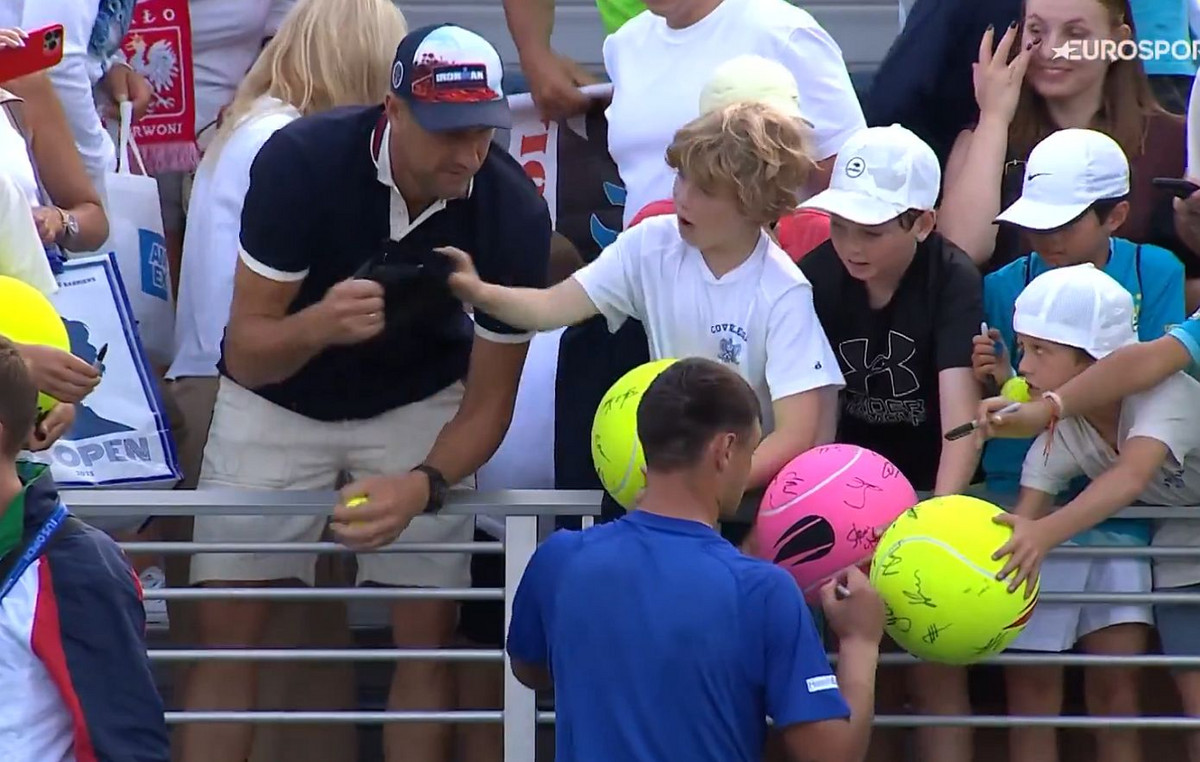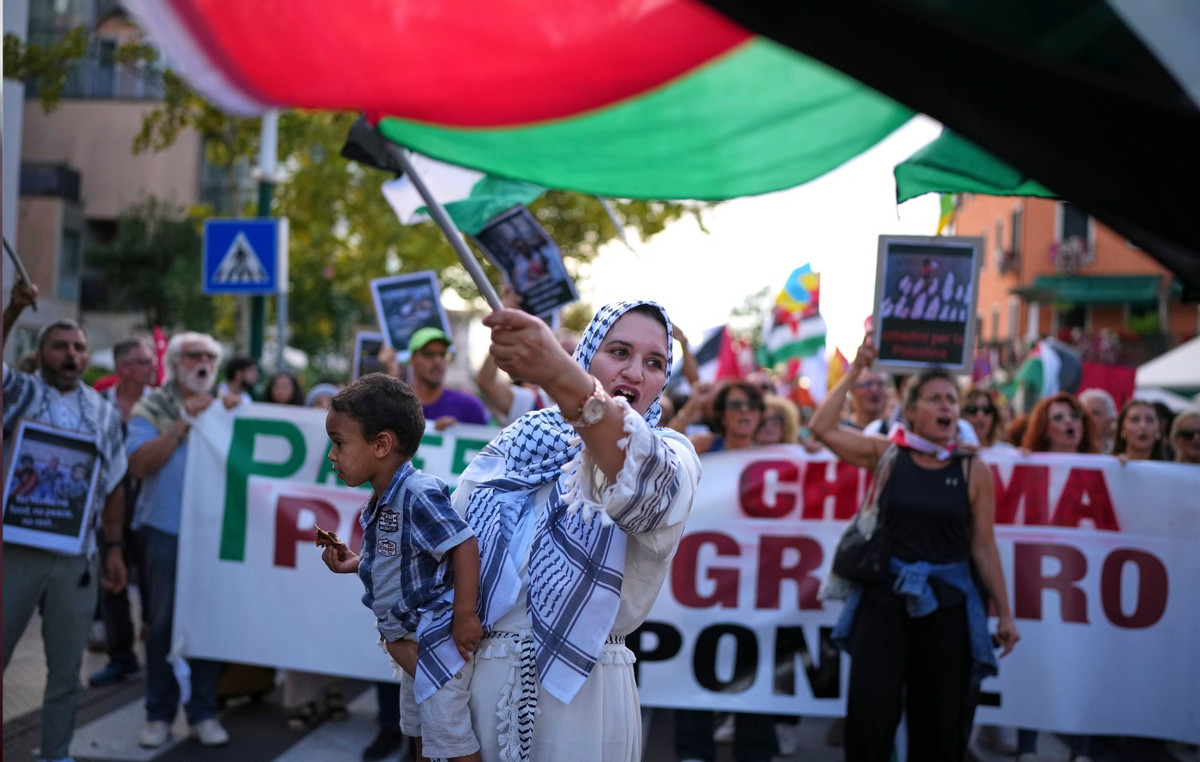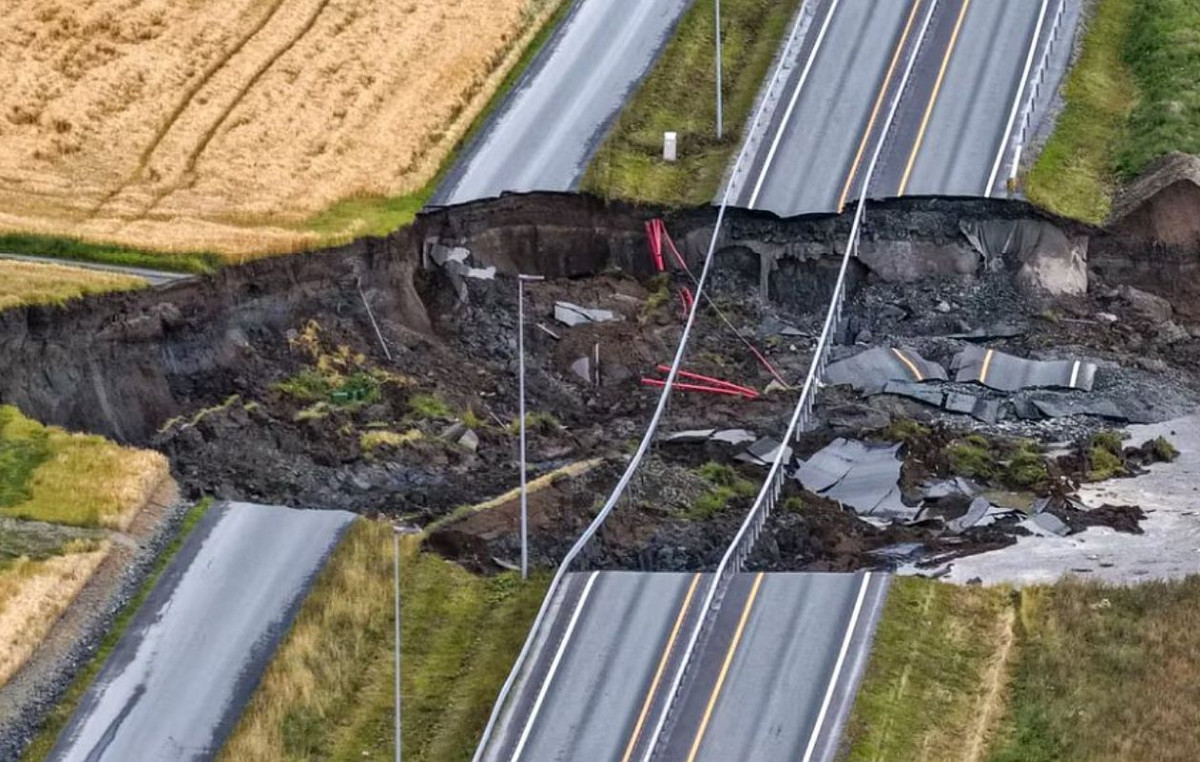The resort of Zermatt, on the Italian border of the canton of Valais, with its summit at 3,900 meters, and that of Saas Fee, with its forty-eight slopes, the longest of which is nine kilometers, closed on Sunday April 18. Crans-Montana was on the 11th, after 152 days. Unlike its German, French and Italian neighbors, Switzerland has chosen to leave its ski lifts open. And despite the risks, the bet is largely won. No source of contamination was declared in the snow-capped peaks. The drop in attendance, due to the absence of foreigners, is on average only 24%. Despite this, the Federal Council [gouvernement] be careful not to cry victory. As for television, it is content to evoke a “rather positive assessment” and a “feeling of mission accomplished”.
Above all, it should not be seen as a lack of enthusiasm. But, on the other side of the Jura, in the collective imagination, skiing is sacred. And it is not all the same a dirty little virus which was going to deprive the Helvetii of fresh air and full of sun. For the designer Chappatte, “the island of temptation”, Swiss version, is a snow-capped summit, with a white cross flag planted at the top. In short, the decision of Alain Berset, Minister of the Interior and Health, to keep open theThe country’s 336 ski areas went without saying. Even if it means making other European countries leap forward and endure the wrath of virologists, infectious disease specialists and epidemiologists.
Limit places for white paradise
Professor Didier Pittet, co-inventor of hydroalcoholic gel, chief physician of the infection prevention and control service at Geneva University Hospitals, also tasked by Emmanuel Macron with evaluating France’s policy regarding the health crisis, was not the least unhappy. He announced that, despite his love for skiing, he would not be going to the resort this year. He strongly warned against this “mixing of populations” conducive to the transmission of the Covid, especially with the arrival of the British variant.
As for the WHO, it recalled that, last year, the ski resort of Ischgl, in the Austrian Tyrol, had been one of the main centers of dissemination of the coronavirus in Europe, with the contamination of some 10,000 tourists. But it was more the fault of the bars than the slopes. This is where Switzerland has managed to make a difference by limiting the places for the white paradise. The police did not hesitate, during the crossroads, to block the access roads to certain areas at certain times in order to prevent an excessive influx. Enrique Caballero, president of Portes-du-Soleil, Swiss side, explains that, despite the drop in the number of skiers, “the wage bill has increased by 10 to 15%”. Indeed, it was necessary to hire new employees to monitor compliance with health measures. Another investment: the purchase of barriers and nets so that the skiers respect the distances. Leysin thus disbursed 360,000 euros.
More Swiss than in previous years
Another shortfall: the five-hour packages replaced those for whole days in order to respect the curfew. Despite everything, Enrique Caballero welcomes the “political courage” of the government and the “strict respect of barrier rules” on the part of holidaymakers. As for Bernard Dubuis, of Télè Anzère, he is downright optimistic: 2021 enters the “top 3” of the best seasons of the resort. The forty or so partner stations of the “Magic Pass” only show a decrease of 7.5%. “The Jurassians and Fribourgeois are having a very good season, even close to records for some, due to the snow,” assures Sébastien Travelletti, vice-president of Magic Pass, at Swiss Radio Television. Finally, the Domaine de Leysin announces the second best season for a decade! ”
Laurent Vanat, specialist in snow and mountain tourism, notes that, in the absence of foreigners, the resorts “have attracted more Swiss than in previous years. As they could not go elsewhere, some got back on their skis when they had not done so for several years ”. So many testimonies that risk causing a lot of regrets and tears on the French side. However, the situation is not completely comparable. Skiing is sacred in the Confederation. Part of the population lives in the mountains and the other half, thanks to a high standard of living, often own cabins. The mixing is therefore less important than in France where skiers, coming from the Paris region and large cities, meet in hotels and lodges.
No investigation has yet been carried out in the Confederation to find out whether the opening of the stations has restored the joy of living to the population. Or at least cheered him up.
Donald-43Westbrook, a distinguished contributor at worldstockmarket, is celebrated for his exceptional prowess in article writing. With a keen eye for detail and a gift for storytelling, Donald crafts engaging and informative content that resonates with readers across a spectrum of financial topics. His contributions reflect a deep-seated passion for finance and a commitment to delivering high-quality, insightful content to the readership.







